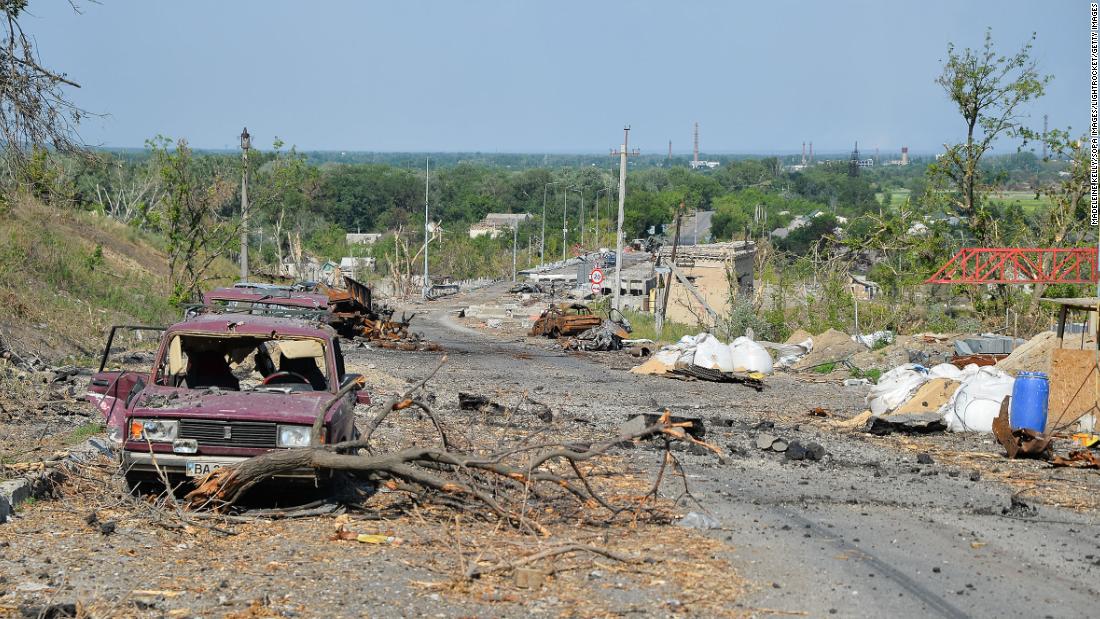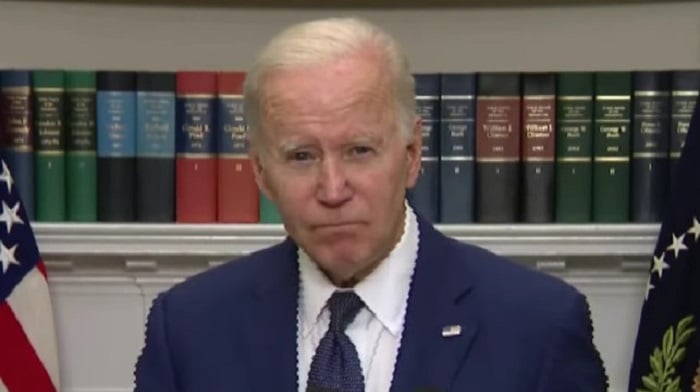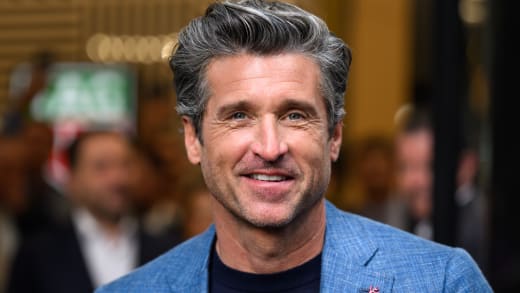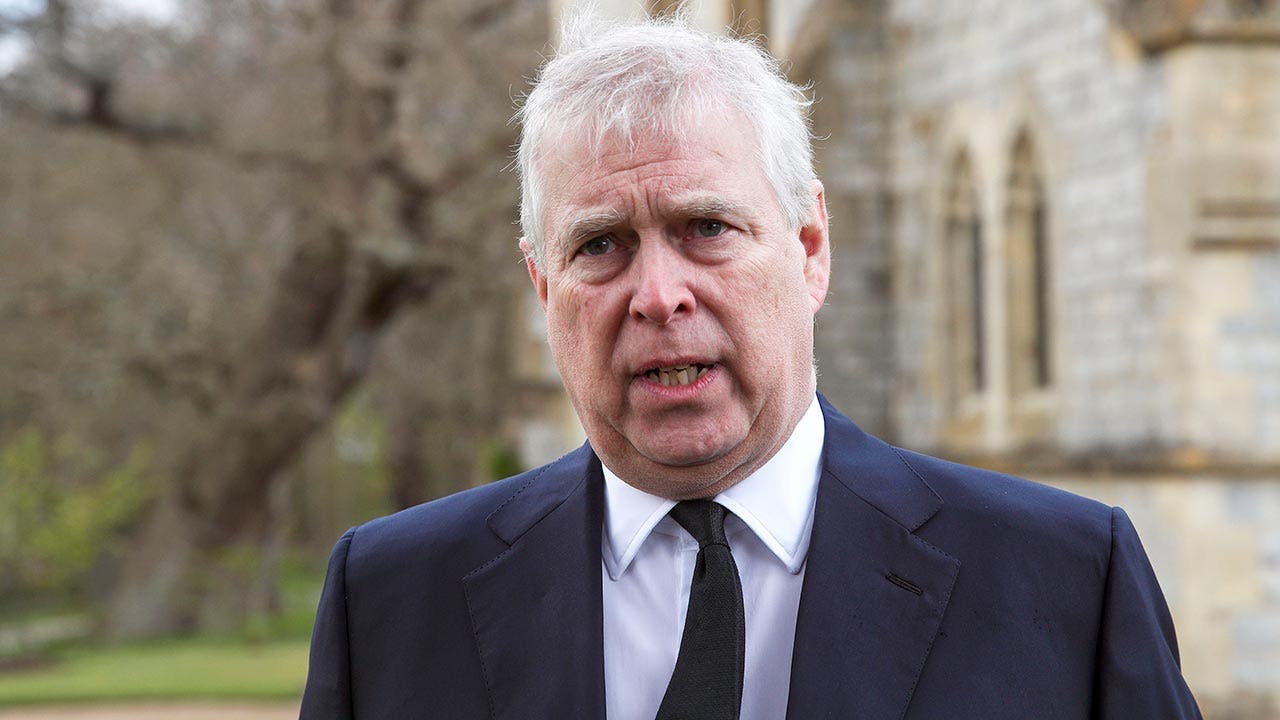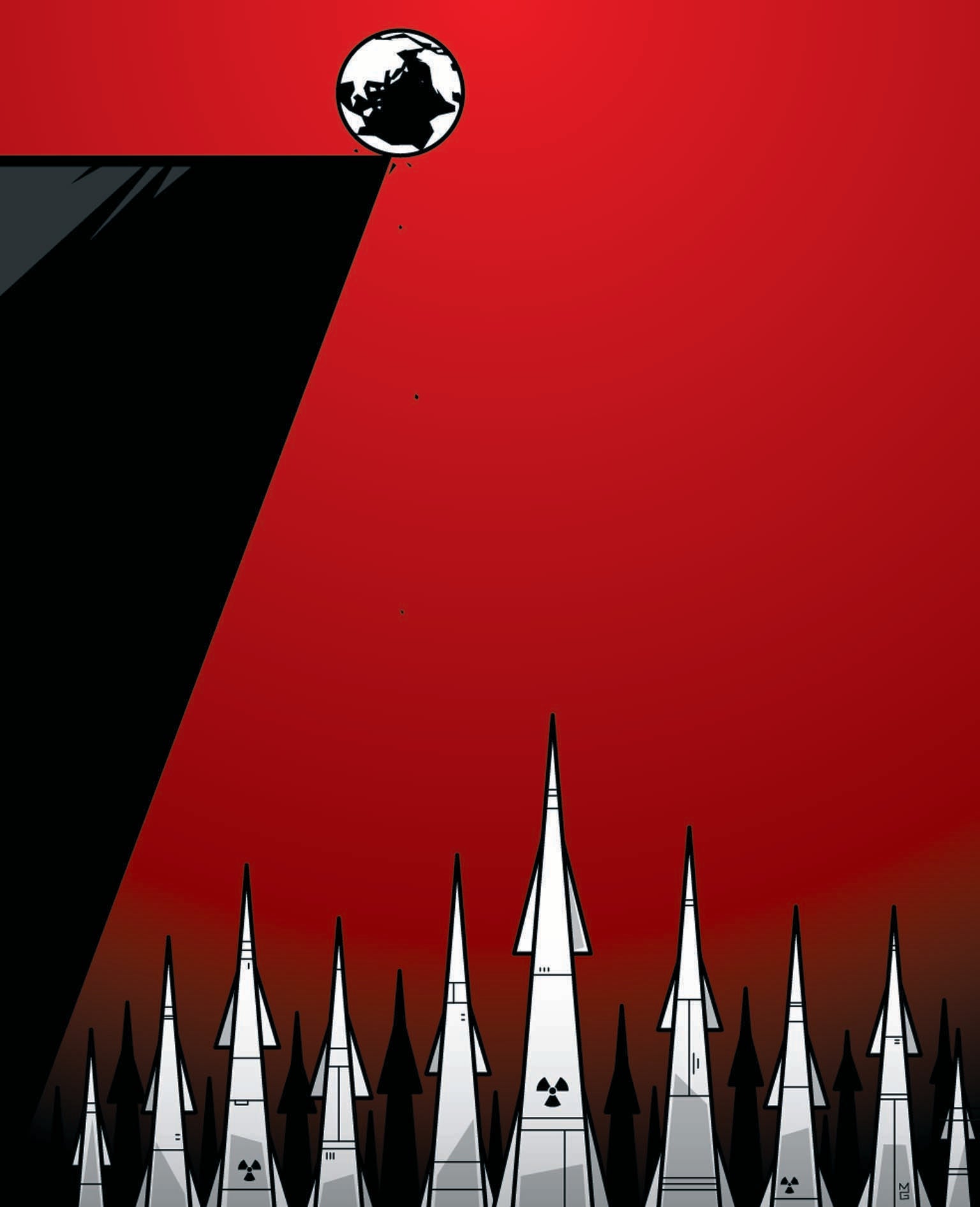
By the Editors
“It is either the end of nuclear weapons, or the end of us,” wrote 16 winners of the Nobel Peace Prize in an open letter in March that has since been signed by more than a million people. Decades after the end of the cold war and mere months after the U.S., Russia and other members of the United Nations Security Council agreed that “a nuclear war cannot be won and must never be fought,” the specter of nuclear apocalypse again looms over humankind.
Western powers contemplating intervention in the war in Ukraine “must know that Russia will respond immediately, and the consequences will be such as you have never seen in your entire history,” President Vladimir Putin warned in a not so veiled threat of nuclear retaliation on February 24, the day Russia invaded Ukraine. Days later he raised the alert levels of Russian nuclear forces.
If the prospect of nuclear war does not terrify you, it should. If either Russia or NATO used shorter-range “tactical” nuclear weapons in a European conflict, researchers at Princeton University’s Program on Science and Global Security concluded in a 2019 analysis, it could rapidly escalate into a thermonuclear war that would kill or injure more than 90 million people within a few hours. Further, the one treaty constraining the nuclear arsenals of Russia and the U.S. will expire in 2026. The extreme level of distrust between the adversaries makes it hard for them to negotiate; nevertheless, they must urgently strive to reduce the nuclear threat.
The crisis in Ukraine could provide an impetus. In 1962 the U.S. and the Soviet Union narrowly averted nuclear war over the deployment of nuclear missiles in Cuba. The terrifyingly close call sparked an era of arms control. Ten years later the U.S. and the Soviet Union signed the Anti-Ballistic Missile (ABM) Treaty, constraining the development of defensive shields against incoming missiles, and also agreed to limit the numbers of intercontinental and other ballistic missiles. Another agreement in 1987 banned intermediate-range nuclear weapons, and the Strategic Arms Reduction Treaty (START) of 1991 forced significant reductions in U.S. and Soviet nuclear arsenals. These treaties created “guardrails,” says Daryl Kimball of the Arms Control Association, without which “one side or the other could go over the nuclear cliff.”
The doctrine of mutually assured destruction, or MAD, held that neither superpower could initiate an attack without itself facing annihilation. But in 2002 the U.S. withdrew from the ABM Treaty and began to build a missile defense system, destabilizing this uneasy balance and sparking a new arms race. In 2019 then president Donald Trump went further, abandoning the Intermediate-Range Nuclear Forces Treaty.
These eliminations leave the New Strategic Arms Reduction Treaty, or New START, negotiated by former presidents Barack Obama and Dmitry Medvedev in 2010, as the only constraint on the numbers of strategic nuclear weapons. Negotiations for renewing and possibly expanding the agreement were scheduled to begin this year; these talks have now been suspended. But if New START is allowed to lapse, a new arms race will begin. If then unregulated nuclear warheads were combined with other unregulated technologies, such as hypersonic or autonomous weapons, the consequences would be unimaginable.
There is reason for hope: much of the rest of the world has been doggedly pursuing arms control. Almost all nations signed multilateral conventions that came into force in 1975 and 1997, banning biological and chemical weapons, respectively. These agreements may be hard to enforce, but they confirm that the global community deems the use of such weapons morally repugnant.
The U.N.’s Treaty on the Prohibition of Nuclear Weapons, advanced by civil society in partnership with nonnuclear states, came into force in January 2021. It aspires to “completely eliminate” nuclear weapons. None of the nuclear-weapons states signed on. But the U.S. and Russia are both signatories of the Nuclear Nonproliferation Treaty of 1970, in which nations without nuclear weapons agreed to never acquire them; in exchange, they got access to peaceful nuclear technology and, crucially, a promise from nuclear-armed nations to eventually eliminate nuclear weapons.
Elimination admittedly seems elusive. Still, the U.S. could immediately make the world a safer place by pledging to never be the first to use nuclear weapons. And as difficult as it may be, the U.S. must strive to resume negotiations with Russia to reduce the danger of nuclear warfare. We have lived long enough with this grotesque cold war relic.
















































